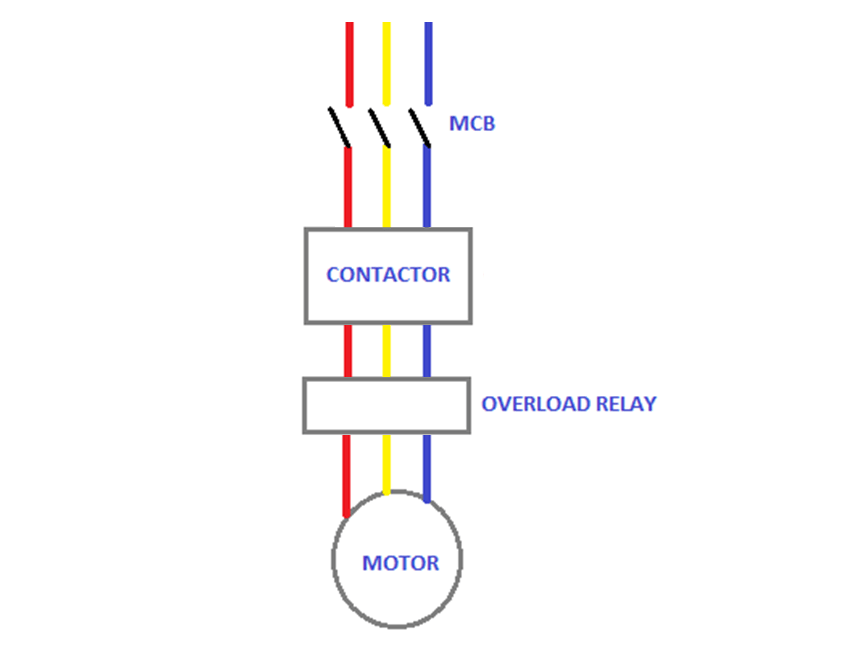
What is An Overload Relay?

Of all the electrical devices available today, overload relays are one of the most important. This vital safety device will protect circuits from overheating, ensuring electrical motors can run safely.
This article will teach you everything you need to know about overload relays, including what they are, how they work, and how to install one.
To find out more, keep reading!
Overload relays: a brief definition
An overload relay is an electrical device that protects against circuit overloads. It works by interrupting current flowing through the circuit or the load, depending on which one causes the overloading.
These critical devices will protect both your system and equipment from overheating or damage due to excess current. They’ll also prevent fires and other dangerous situations that could result from a circuit overload.
Industrial overload relays are different from those found in typical family homes. You’ll typically find them within large electrical panels at power plants, refineries, and mines. Workers might also install them as part of an Emergency Shutdown System or ESD.
There’s more than one type of overload relay. Here are just a few varieties:
- Magnetic overload relays,
- Thermal overload relays,
- Electronic overload relays,
- Bimetallic overload relays,
- Fridge overload relays.
How overload relays work and how we use them
Essentially, relays are electromechanical devices consisting of a coil and a switch, which perform a mechanical function when an electric current passes through them. When no current passes through the coil, it maintains its position due to magnetic forces acting on it from either side.
When an electric current flows through the coil, this magnetic force induces a physical displacement in one direction, pulling one armature away from its rest position and pushing the other armature towards its rest position. This occurrence is known as a ‘trip’, causing the circuit to open between the power source and the motor. In turn, the motor will shut down, preventing damage and mitigating risk.
Industrial overload relays are used primarily in industrial facilities, such as power stations, refineries, and chemical plants. They are also used in many other commercial applications, such as factories and communications centres.
How to install an overload relay
Here’s a quick rundown of how to install an overload relay:
– Turn off power to the circuit breaker at the panel.
– Remove the cover on the overload relay and unscrew the screws holding it in place.
– Unhook any wires connected to the overload relay and pull it out of the box.
– Select a location for installing your new overload relay on an unoccupied terminal strip in the box. Place a terminal strip if necessary.
– Connect the wire connectors and tighten them with a screwdriver or pliers. Make sure no bare wire is visible outside of the terminals, and watch out for cracked insulation. Also, ensure all connections are tight and secure before proceeding to the next step.
– Put your new overload relay back into place, screw in the screws, and replace the cover.
To sum up
Now, let’s finish with a quick summary. Overload relays are essential electrical devices designed to prevent motors from overloading and overheating. By tripping the circuit when excess current flows through the device, relays can protect your employees and business premises from dangerous situations like fires while keeping your equipment and machinery safe.















